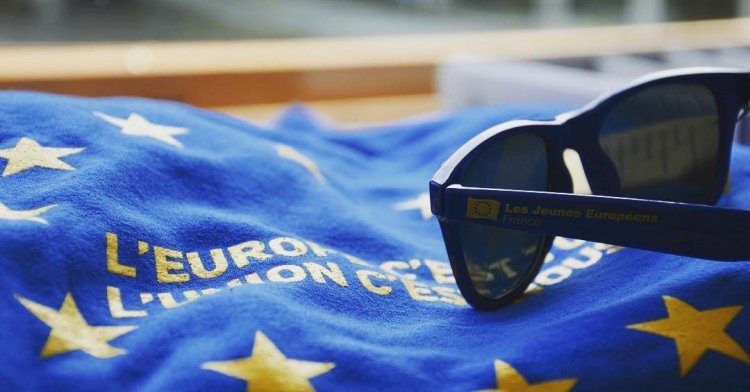The Cambridge Dictionary defines a civilization as a human society with well-developed social organizations, or the culture and way of life of a society or country at a particular period in time.
History shows us that spiritual systems of beliefs have always shaped the ways of life in human societies : from the private sphere, conditioning the intimacy of couples, to the public sphere, translating its moral values into political acts. Religions have thus always occupied an active role in the development of every single civilization on Planet Earth, be it a matrilineal tribe in the Rain Forest or an Ottoman empire.
In the Twenty-First Century, the opposition between religious and secularist systems still defines the fundaments of one given society compared to the others: its habits, beliefs, laws, aspirations, humour, or politics. Every contemporary society, as secular as they might be, remains still deeply impregnated by its religious inheritance. It is thus no surprise that in the current battle of civilizations, religion was quickly targeted as the denominator for the “acceptable” in “acceptable societies”. For the past decade, and even more intensely ever since the Islamist-claimed attacks and unprecedentedly high migration waves which arose in several Western European countries from 2015 on, religions have been continuously and intermittently teared down and uplifted, cried for and laughed at, accused and protected on the European continent. Religion, as a cultural determinant, is being used as an ideological weapon to oppose people coming from different sides of the barrier cutting the world in half.
For a supposedly entirely secular and completely neutral society as Europe is described to be, irony had it that the ideological battleground predicted by Wallerstein shifted from the broad scope of culture to the specific matter of religion, from an ideological battlefield to modern Crusades.
This shift brings about shortcuts and a certain simplism within political spheres and, as per usual, discourses tend to wrongfully copy paste a premade idea of the Western lifestyle to the entirety of the European continent. Jumping back to the conflict opposing Erdogan and Macron, turns out that two monovisions of Europe are being drawn by each side. On the one hand the projection of a persisting European Christendom, widely Christian and inherently opposed to Islam. On the other hand, the fantasy of a fully secular, neutral and united European society, rejecting the influence of religion onto its political sphere. These monovisions tend to forget that France does not have the same relationship to religion as do Greece, Poland, or Latvia. Foolish are the ones believing in the uniform secularism of Europe or even of “the West”. The reality is much more complex, rich and fascinating, and if any debate needs to be held about religion, its evolution in society and its treatment on the national and European levels, an accurate portrait should be drawn of it.
Well, The New Federalist is here for that! To remind, to all of us, to our readers, to the people and to the politicians, the diversity and the plurality of the societies hosted on our beloved continent. Europe is not entirely secular, nor entirely religious. It shelters Republics, Monarchies, and… a Sacerdotal state!
The series of articles ’Mosaic Europe’ will offer a panorama of different situations and problematics linked to religion in Europe. This portrait will be crafted over the span of the next few weeks, starting on December 27, 2020. For writers, wording is of upmost importance. The term ’mosaic’ was thus carefully chosen as it refers to different ideas, each embodying a facet of the state of religion accross Europe. Firstly, mosaics emerged as religious and historical illustrations as early as Ancient Greece, the eldest European civilization. Secondly, mosaics also refer to Moses, one of the recurring characters in the sacred texts of all three monotheist religions. Lastly but not least, Mosaic, or Mosaicism, is a condition leading a subject to be composed of cells each hosting a different genetic composition. Europe does seem to be a beautiful Mosaic, made of a plurality and a multiplicity of different cultural and religious entities.
Over the span of the next few months, room will be given to writers from all over the continent and beyond, to tell us about how they live or have lived in different European countries with or without religion, how their governments interact with religion or avoid it, and the ideological shape religion can take within their nation, their region, or even closer, within their family!
Join us every Sunday night for a relaxing yet fascinating read before starting another busy week, with a new episode of Mosaic Europe!


Follow the comments: |
|
